'There is no end to the beauty of what they have created': The sensational gardens of Selehurst
This garden, which contains the largest Eucalyptus tree in Sussex, has been sensitively restored, replanted and improved since the Great Storm of 1987.
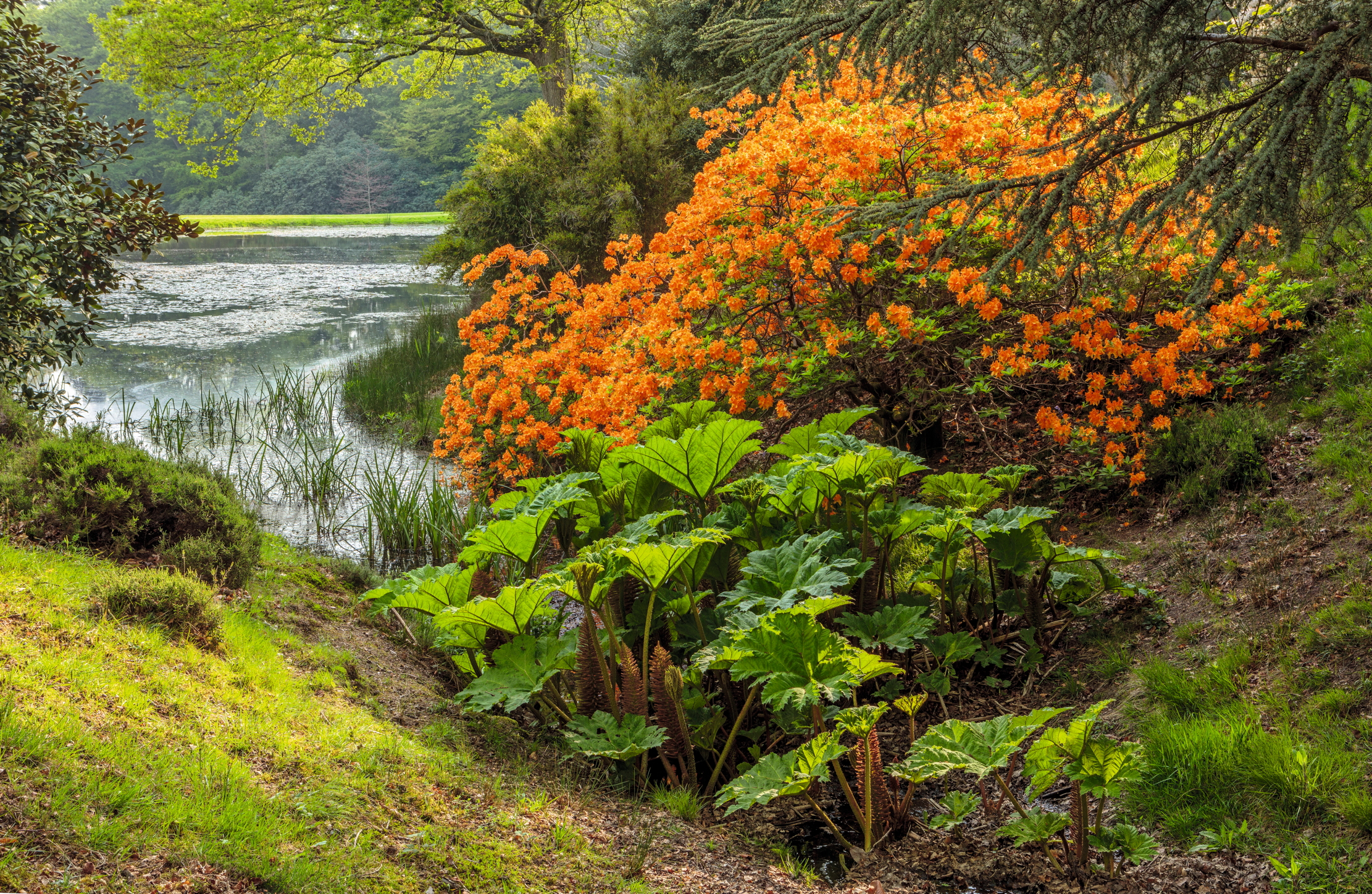
Michael and Sue Prideaux bought Selehurst from Robin Loder in 1976. It had been built by Mr Loder’s great-grandfather William Egerton Hubbard in 1889 as part of the Leonardslee estate at Lower Beeding, now famous for the rhododendrons bred by Sir Edmund Loder, Hubbard’s son-in-law.
Selehurst is now an outstanding garden in its own right. The house itself is no architectural gem: its glory lies not in its design, but in its situation on the edge of the Sussex Weald, surrounded by springs, overlooking a meadow that slopes very gently down towards oak woodland in the middle distance. The property is splendidly open to the south-west, so that the eye is then drawn 10 miles further to Chanctonbury Ring on the distant blue escarpment of the South Downs. ‘A garden should have a view,’ Mrs Prideaux’s mother had declared when they were house-hunting 50 years ago.
The house was fairly run down when the Prideaux took up occupation. Moreover, the garden around the house had all but disappeared after the neglect that began with the Second World War. But the property came with some 80 acres, which encouraged the Prideaux to design and plant their garden on an expansive scale. Their understanding of the history, values and unique qualities of Selehurst came quickly. They noted that the soil was sandy, with innumerable small springs that trickled out from the underlying clay, a geological formation that has been the making of the garden. Fine plantings were already in place, too — trees and shrubs planted over some 100 years by Hubbards and Loders — including several massive Eucalyptus gunnii that dated to the 1880s. One is now the tallest in Sussex at more than 100ft high.
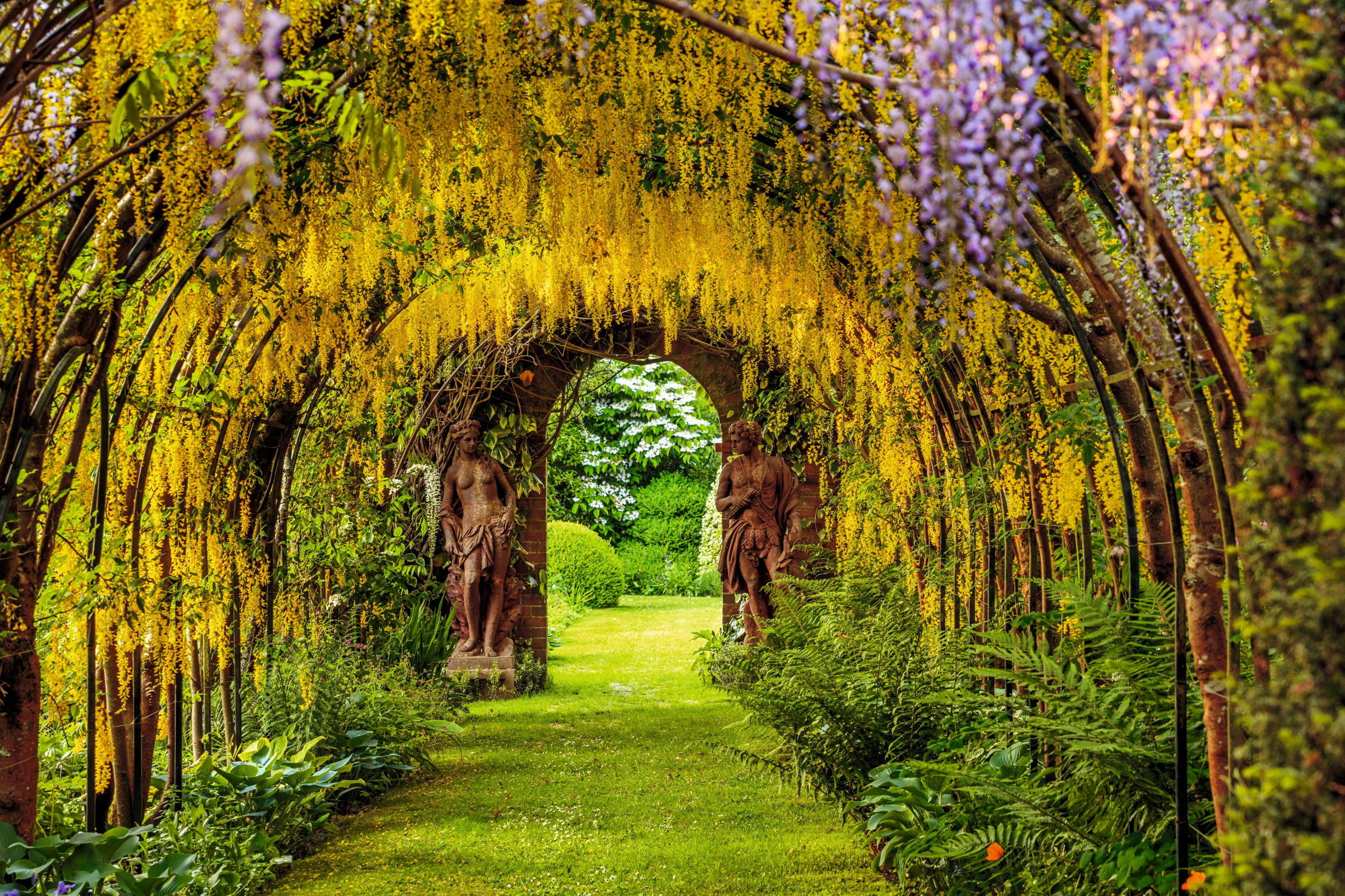
There is a large pond or small lake to the side of the house, which the Prideaux made by damming a small stream that rose at the top. This trickled gently down a narrow valley to the south-west, gathering more water from innumerable tributaries that seeped from its banks, ultimately to join the River Adur and flow out to sea at Shoreham.
In the 1960s, Loder had started to clear the sides of this valley. Under its back-to-Nature woodland lay the original plant of Rhododendron (Loderi Group) ‘Loderi King George’, perhaps the most distinguished and best loved of all large hybrid rhododendrons. More relics of Sir Edmund’s plantings came to light as the work of hacking through the undergrowth continued. It took them 10 years to arrive at the bottom end of the valley, helped and hindered by the Great Storm of October 16, 1987.
Every owner of a large garden in Sussex has a story to tell about the Great Storm. Selehurst lost a great number of mature oaks and some of the best rhododendrons. As luck would have it, author Mrs Prideaux — whose biography of Paul Gauguin will be out in September — had just begun the course in garden design run by the English Gardening School at the Chelsea Physic Garden. After the disaster, she went on to do a diploma course in the restoration of historic parks and gardens at the Architectural Association. But the storm damage also opened up the woodland plantings and the Prideaux took the opportunity to landscape the valley, where the steep sides and boggy patches were transformed into a long, continuous woodland garden with wide paths, sheltered glades and a string of small lakes.
'The Prideaux themselves have become knowledgeable and discriminating plantsmen, befriended and admired by other owners of great woodland gardens'
When, eventually, the land was cleared of storm damage, they set about replanting the estate’s shelter belts. They put in about 3,000 trees, most of them native species, such as English oak, cherry, beech and Scots pine, and then turned to ornamental and exotic varieties. It is these that now fill the woodland garden with beauty, colour and variety throughout the year. Flowering dogwoods, nyssas, beautiful davidias, maples, birches and many other species from all over the world have flourished.
Sign up for the Country Life Newsletter
Exquisite houses, the beauty of Nature, and how to get the most from your life, straight to your inbox.
The Prideaux themselves have become knowledgeable and discriminating plantsmen, befriended and admired by other owners of great woodland gardens in Sussex. Yet the outstanding success has been the many hundreds of magnolias, rhododendrons, azaleas, camellias and Japanese maples that the Prideaux have planted. These include a great number of Rhododendron species, from supposedly tender R. macabeanum and massive specimens of R. arboreum through to the compact perfection of R. yakushimanum, plus the best of hybrids from every major English breeder of the past 200 years and sweeping thickets of deciduous azaleas.
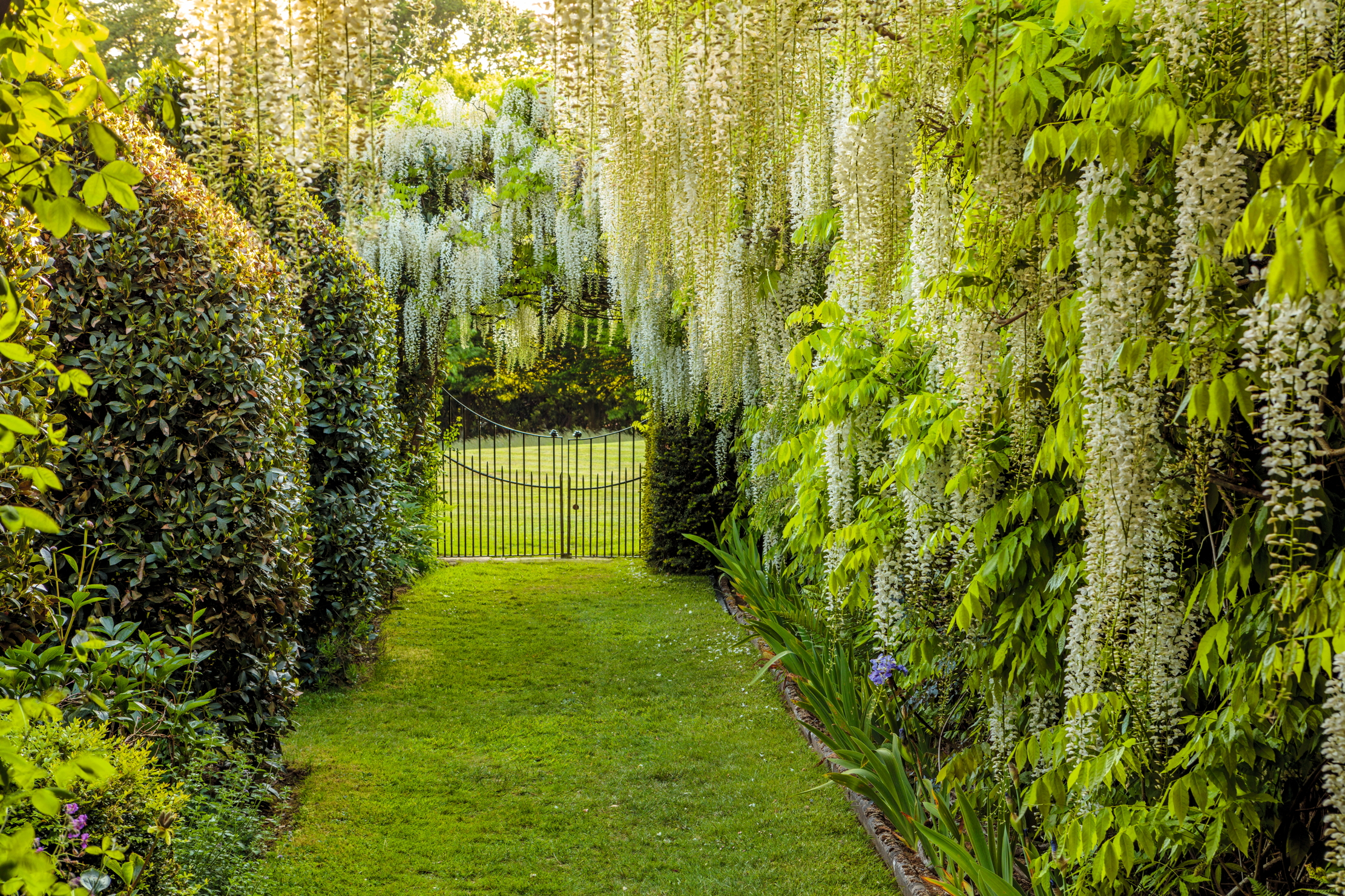
The lake near the house is the starting point for the long walk down the valley. Glade after glade within the canopy of English oak and Scots pine opens out to reveal the ornamental plantings. A pause in the gentle walk brings the opportunity to admire a perfectly positioned Haddonstone replica of Pope’s Urn, designed by William Kent for the poet’s Twickenham villa. Further down, a castellated cube with Gothic windows, known as The Folly and perched above another small lake, serves as an eye-catcher. Two elegant bridges cross the stream from one side of the valley to the other; one is Chinese in style, but painted palest blue. A semi-circle planted with Rhododendron ‘Loder’s White’ is matched by the bulk of the original plant of R. ‘Loderi Patience’ close to one of the bridges. Nearby is R. decorum subsp. diaprepes x wardii.
Many of the older rhododendrons that line the paths are unnamed Loderi seedlings, but the mass of Rhododendron ‘Ightham Yellow’ and dark-pink Azalea ‘Altaclerense’ were planted by the Prideaux themselves. Outstanding, too, are a tall plant of Embothrium coccineum (Lanceolatum Group) and a clump of Cornus ‘Eddie’s White Wonder’. Conifers are sparingly planted, but include metasequoias, swamp cypresses and Brewer’s weeping spruce. Several tree ferns, Dicksonia antarctica, thrive in the most sheltered parts of the valley and thousands of candelabra primulas line it in late spring. Clumps of ‘giant rhubarb’ Gunnera manicata also appear along the edges. And all this horticultural profusion is set off everywhere by wildflowers — bluebells in spring (this part of Sussex is famous for its bluebells) and heather in early autumn.
'The Prideaux continue to develop Selehurst with innovations and embellishments that improve upon what they inherited, but intensify the spirit of place'
Soon after their arrival, the Prideaux realised that they needed an area to grow plants that was safe from the predations of rabbits and deer. Their first major undertaking, therefore, was to build a walled garden attached to the far wall of the house. It was accessible from a handsome glazed door in the kitchen, so that their young children could safely play outside. But the area under cultivation soon expanded. Now, it incorporates a circular rose garden, a fine, freestanding conservatory, exuberant borders edged with bobbles of crimson pittosporum and a swimming pool, immaculately landscaped with innumerable plants in pots and surrounded by small, but shapely trees, such as the variegated form of Cornus controversa.
A herb garden enclosed by yew hedges is home for lemon trees in large pots, put out for the summer. Espaliered apple trees give structure at every season. Wisterias make a fine sight in late spring, especially sweetscented W. sinensis var. sinensis f. alba and W. floribunda macrobotrys, and metal arbours and tunnels have been covered with white and lilac forms of the Japanese wisteria, W. floribunda f. alba, the long tassels of which are the last to flower.
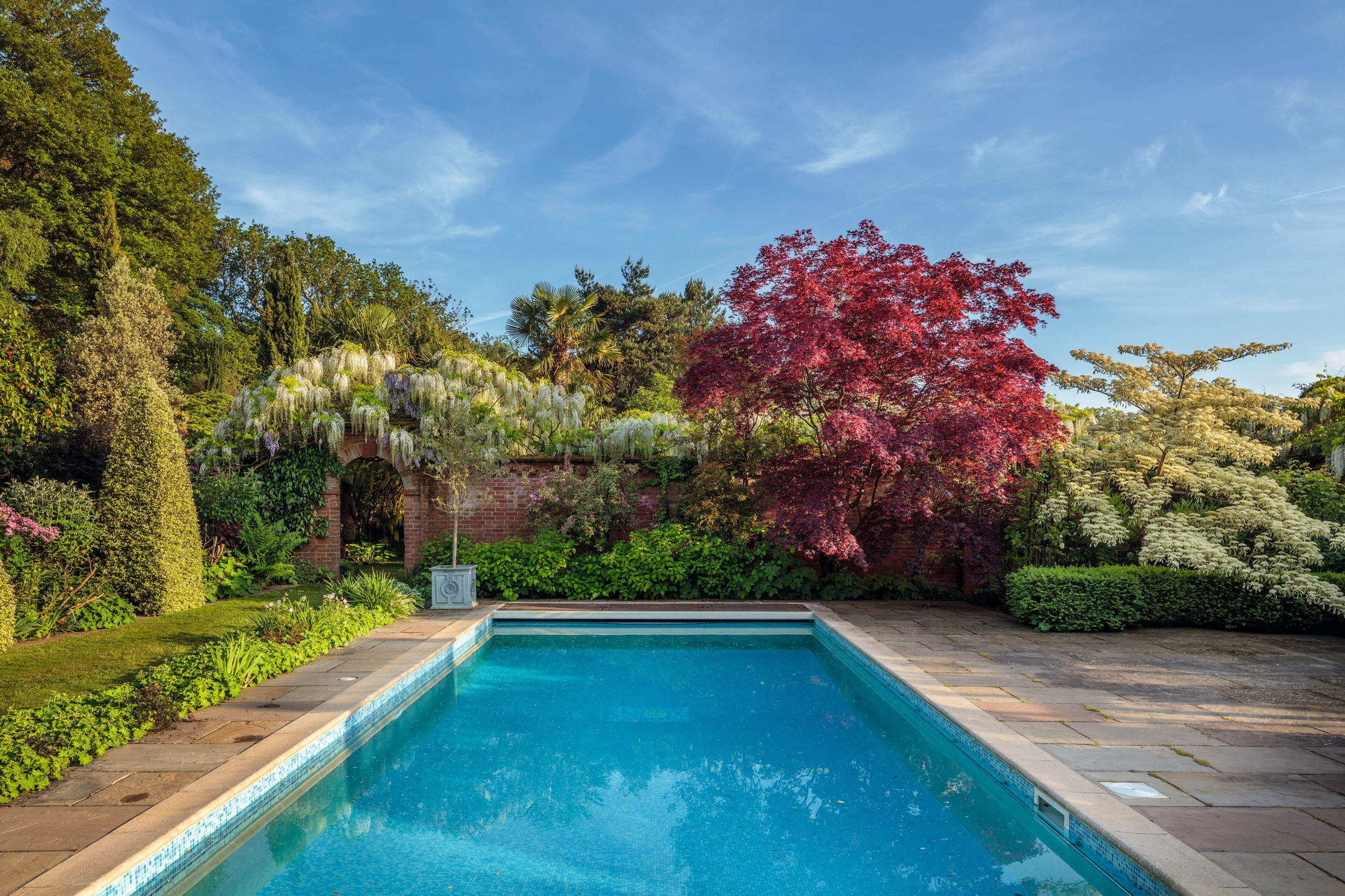
Further structure comes from trachycarpus palms, Italian cypresses, slender obelisks of variegated Pittosporum tenuifolium, Phillyrea angustifolia and bay laurels, clipped hard and grown as standards, and mounds of variegated holly. Jasmine and climbing roses clothe the walls — the double-yellow Banksian rose is the first to flower at the end of April. The garden is intensely and intelligently planted — no earth peeps through — and conspicuously underplanted with peonies in the more open areas and hostas and ferns in the shade. No garden combines good plants, strict cultivation and intense beauty so convincingly as this magic enclosure.
All gardens are work in progress. The Prideaux continue to develop Selehurst with innovations and embellishments that improve upon what they inherited, but intensify the spirit of place. Right at the far edge of the property, crinkle-crankle hedges of hornbeam lead up to a fine stone obelisk from an ornate cupola carved from oak. Yet more plantings — young magnolias and Japanese maples — add to the richness and diversity of the whole garden. There is no end to the energy of its owners, nor to the beauty of what they have created.
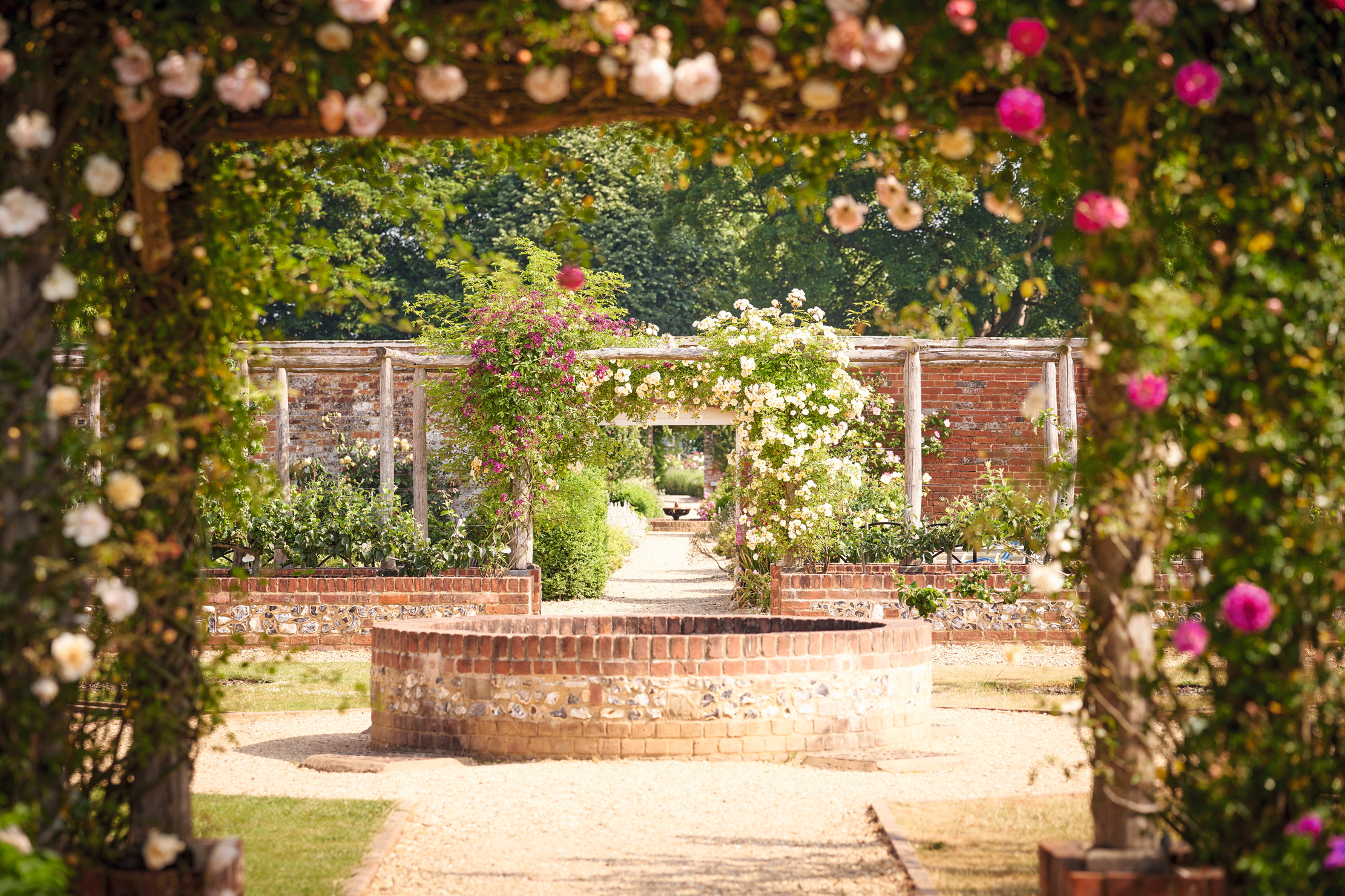
Half a century ago, one of Britain's greatest ever gardeners planted roses at Mottisfont Abbey — and right now is the perfect time to go and see them
Planted by the legendary horticulturist Graham Stuart Thomas, the 1,000 individual roses at this priory-turned-country house are considered his 'masterpiece'
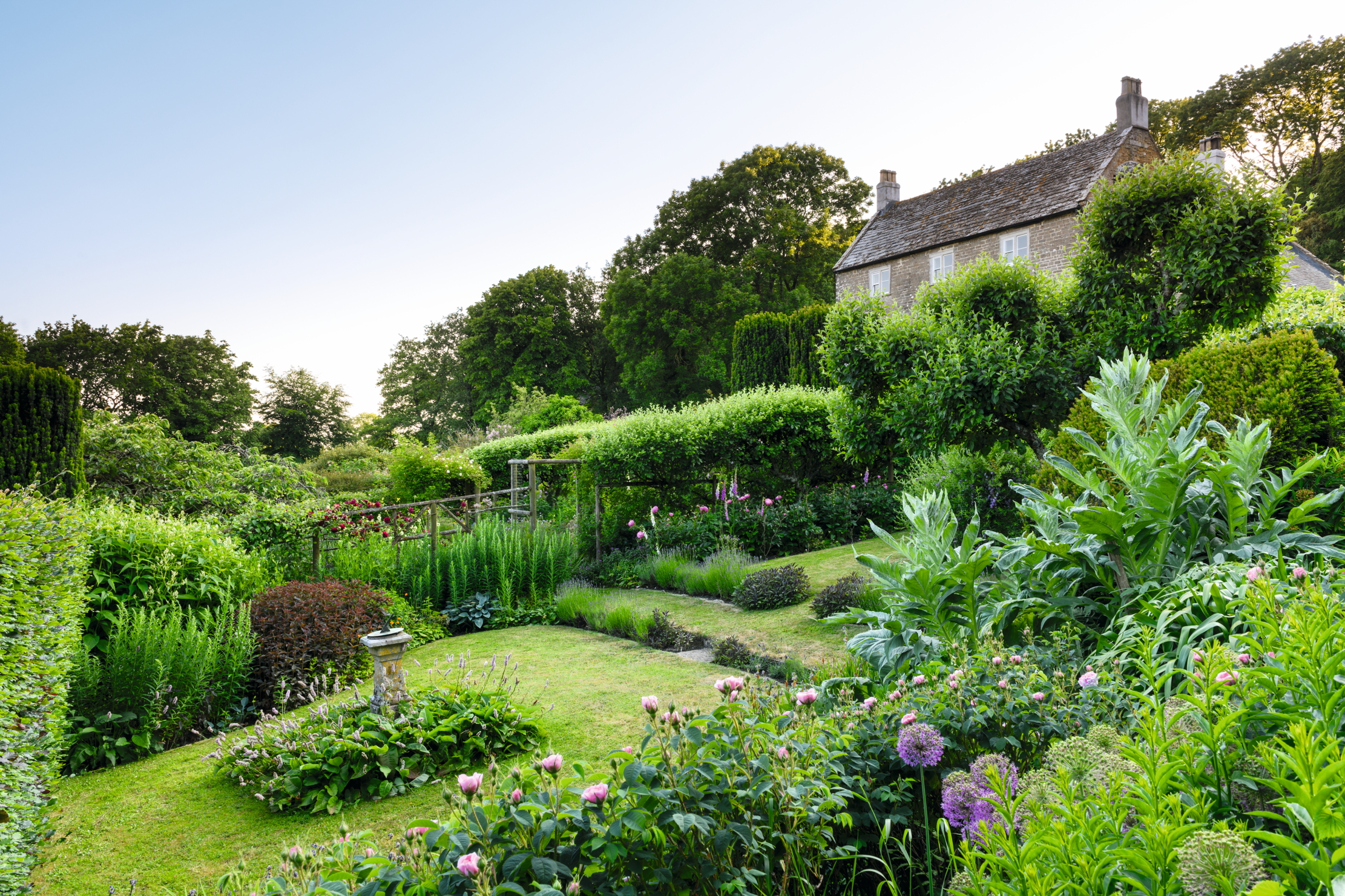
Chilcombe House: the garden that's become a 'pilgrimage' and a 'living legacy' to its former owners
When John and Caryl Hubbard first moved to Chilcombe House, they created a garden that impressed and inspired. Now, after
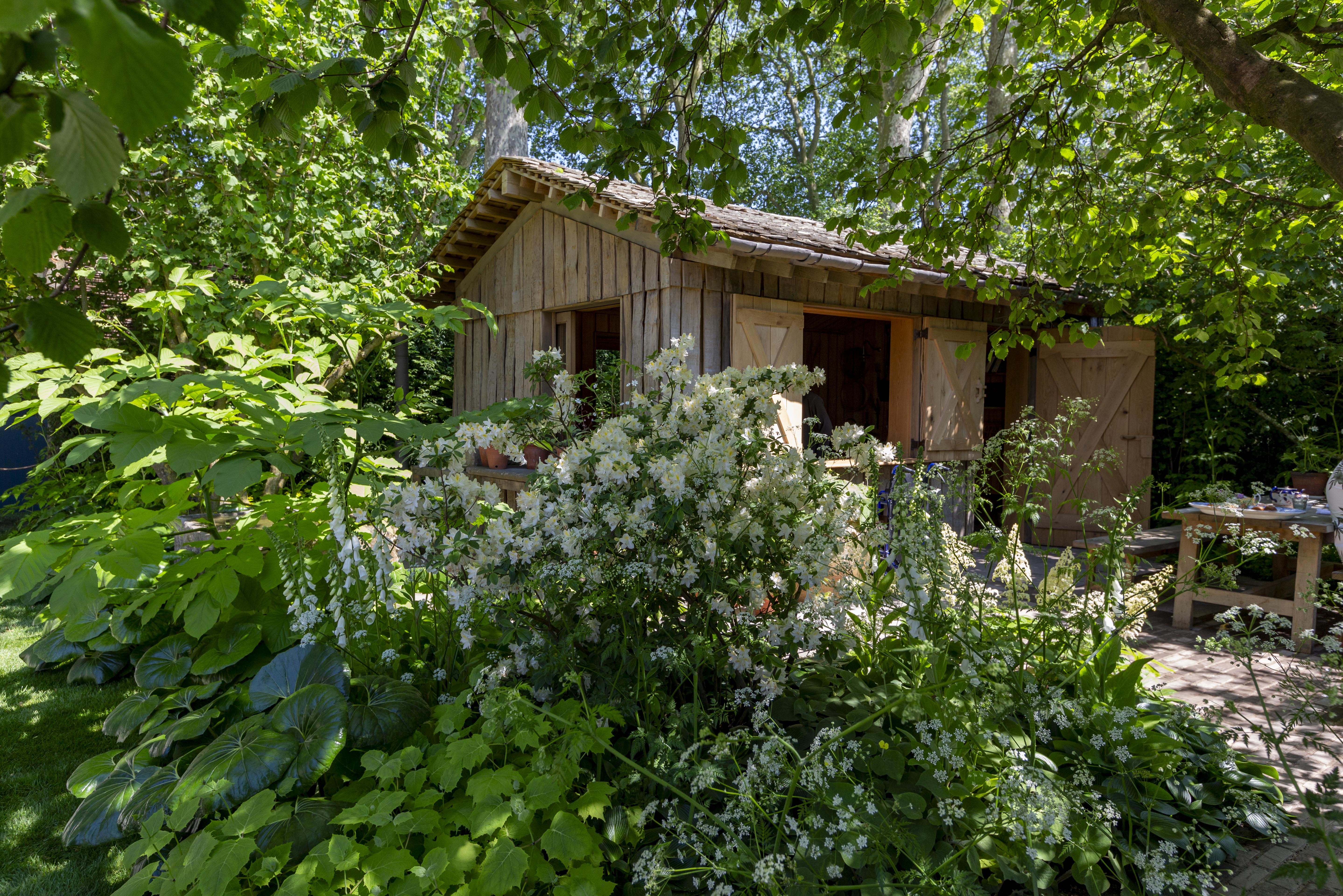
The creation of Tom Stuart-Smith's showstopping garden at RHS Chelsea 2024
Tom Stuart-Smith returned to Main Avenue at the RHS Chelsea Flower Show 2024 with a hazel grove for the National
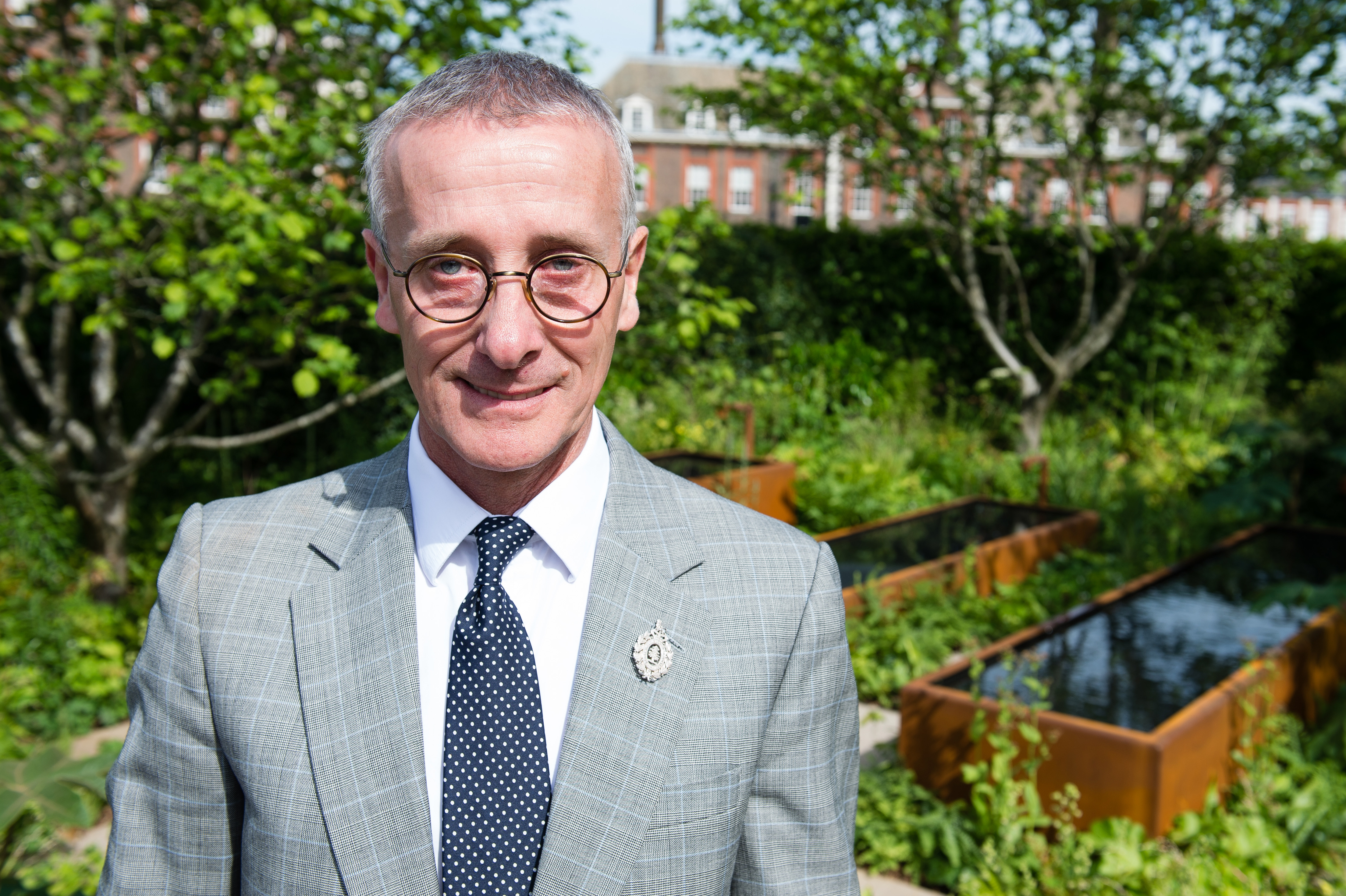
'Nothing wrong with a bit of furore': An insider's guide to judging the Chelsea Flower Show, by RHS senior judge James Alexander-Sinclair
James Alexander-Sinclair comes to the Country Life podcast to talk about his career in gardening, and his two decades spent
Charles Quest-Ritson is a historian and writer about plants and gardens. His books include The English Garden: A Social History; Gardens of Europe; and Ninfa: The Most Romantic Garden in the World. He is a great enthusiast for roses — he wrote the RHS Encyclopedia of Roses jointly with his wife Brigid and spent five years writing his definitive Climbing Roses of the World (descriptions of 1,6oo varieties!). Food is another passion: he was the first Englishman to qualify as an olive oil taster in accordance with EU norms. He has lectured in five languages and in all six continents except Antarctica, where he missed his chance when his son-on-law was Governor of the Falkland Islands.
-
 'Monolithic, multi-layered and quite, quite magnificent. This was love at first bite': Tom Parker Bowles on his lifelong love affair with lasagne
'Monolithic, multi-layered and quite, quite magnificent. This was love at first bite': Tom Parker Bowles on his lifelong love affair with lasagneAn upwardly mobile spaghetti Bolognese, lasagne al forno, with oozing béchamel and layered meaty magnificence, is a bona fide comfort classic, declares Tom Parker Bowles.
By Tom Parker Bowles
-
 Country houses, cream teas and Baywatch: Country Life Quiz of the Day, April 24, 2025
Country houses, cream teas and Baywatch: Country Life Quiz of the Day, April 24, 2025Thursday's Quiz of the Day asks exactly how popular Baywatch became.
By Toby Keel